Is the Christmas star real?
by Ailsa Harvey · 05/12/2019
Arguably one of the most talked about astronomical events throughout history, was the star of Bethlehem even really a star?

It’s said to have guided three magi, or wise men, to the birth of Jesus Christ around two millennia ago, however, the origin of the guiding light of the star of Bethlehem, also known as the Christmas star, could have several astronomical explanations.
The magi were three ancient astrologers and studied planets and stars as a way to explain the events on Earth, such as the birth of a new king. Nowadays, there are many theories alluding to the possible origins of the ‘star’, such as a planetary alignment, a supernova or a comet, just to name a few.
With only the Gospel of Matthew in the New Testament as a reference, there are just a few details available for modern astronomers investigating the supposed star. It is said that the magi were guided to Bethlehem by a light that appeared from the east and then reappeared in the west. This suggests that the source could have been a nova or supernova explosion, which would produce a bright light and be an unfamiliar sight in the sky. There is, however, a flaw in the nova/supernova theory: astronomers today can see no sign of a nebula that would be found in the wake of ancient exploding stars from that particular time.
Planetary conjunctions may also offer an explanation due to their rarity and their pattern of movement in the sky. A comet recorded by ancient Chinese astronomers circa 5 BCE could be another cosmic candidate for the guiding light mentioned in the Bible.
Scholars have yet to agree on an astronomical explanation for the star of Bethlehem, but theories are continually being re-evaluated and maybe one day they will reach a conclusion.
The theories: what did the wise men see?
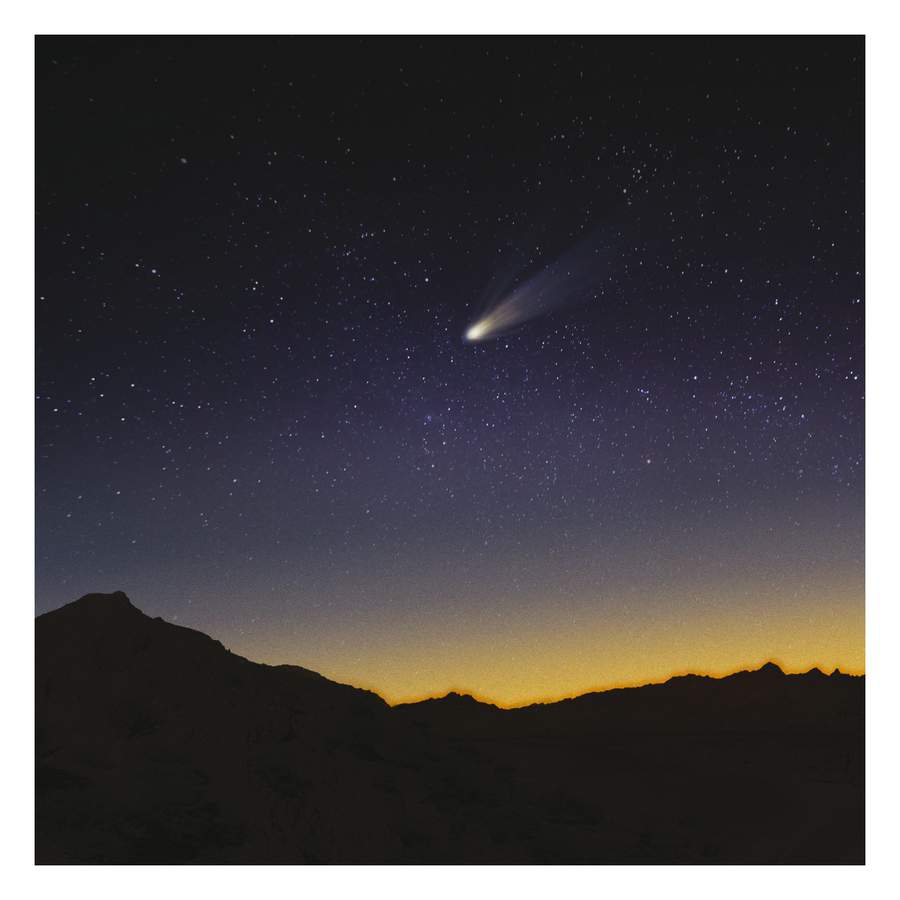
1. Comet
The star of Bethlehem is often depicted as a shooting star or meteorite, but these were seen as bad omens, making it unlikely the magi would follow it. Halley’s Comet did appear in the night sky in about 12 BCE – a few years before when some historians think Christ was born.
- LIKELIHOOD: Unlikely
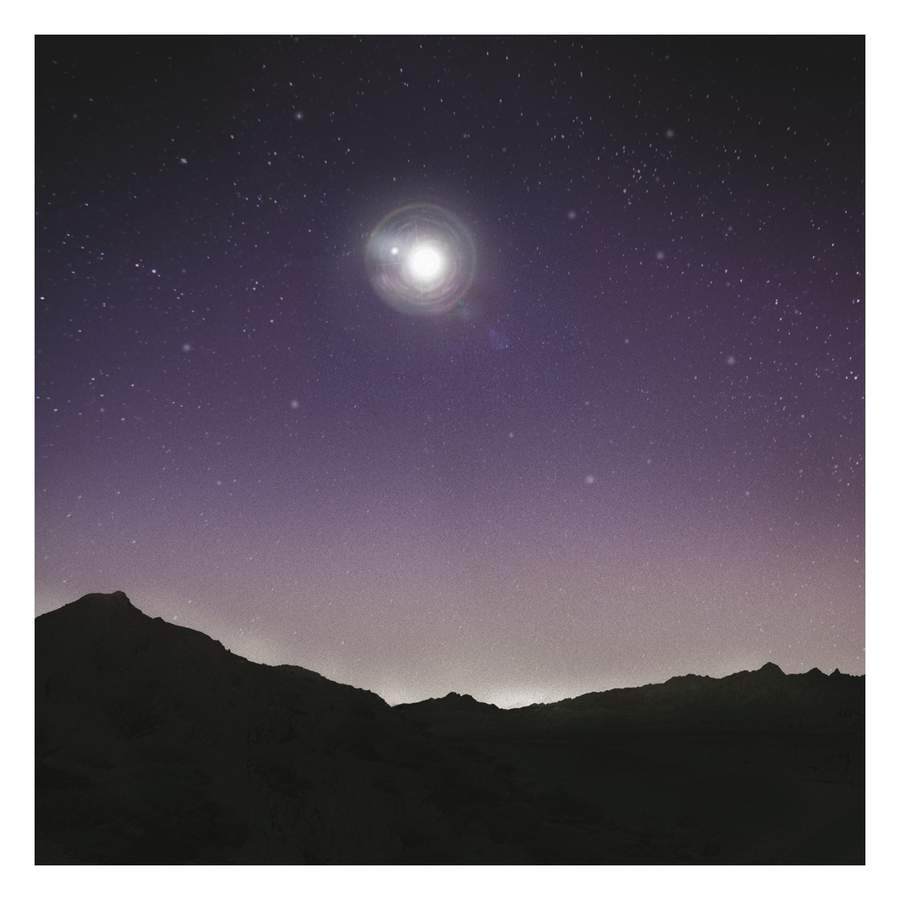
2. Planetary conjunctions
Planets were believed to foretell events, and a rare planetary conjunction would have been noted by the magi. It is believed such an event occurred in 6 BCE when Jupiter, Saturn, the Moon and Sun aligned. Jupiter’s retrograde movement in the west possibly led the magi to Bethlehem.
- LIKELIHOOD: Possible
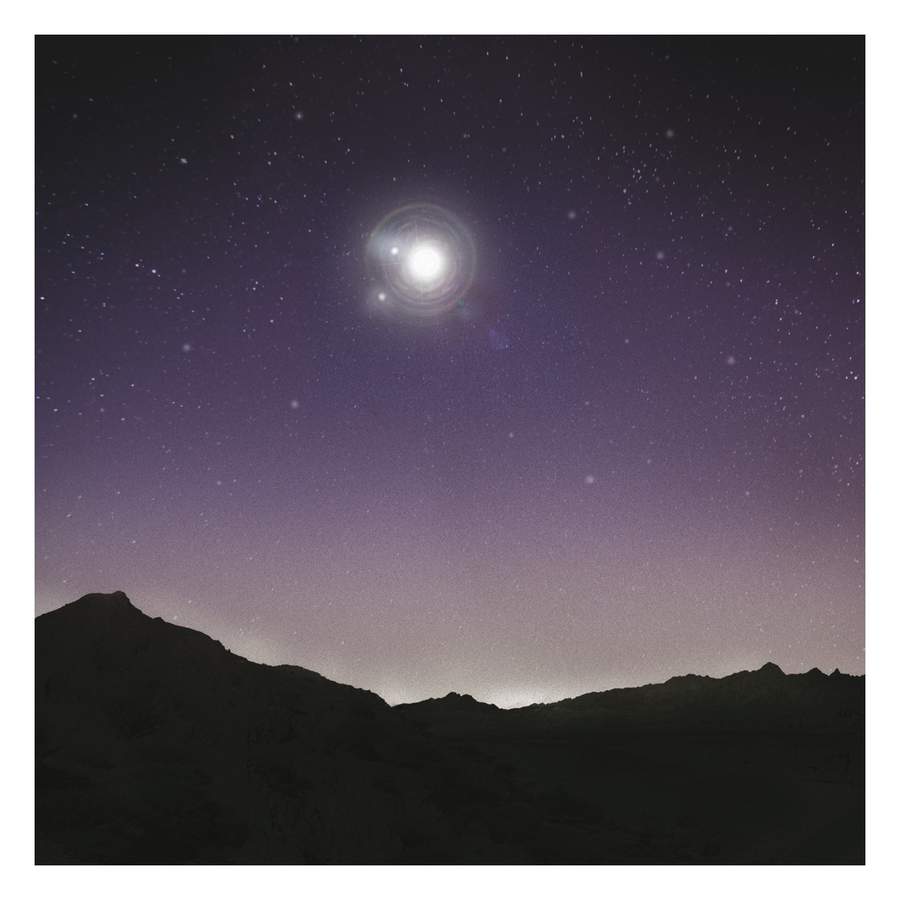
3. Regulus, Jupiter and Venus
Using the same logic, a planetary conjunction being the true source of the ‘star’ of Bethlehem may be an answer. Around 2 BCE, Jupiter, Venus and the star Regulus converged in the sky. However, this may have occurred too late to coincide with Jesus’ birth between 6 to 4 BCE.
- LIKELIHOOD: Possible
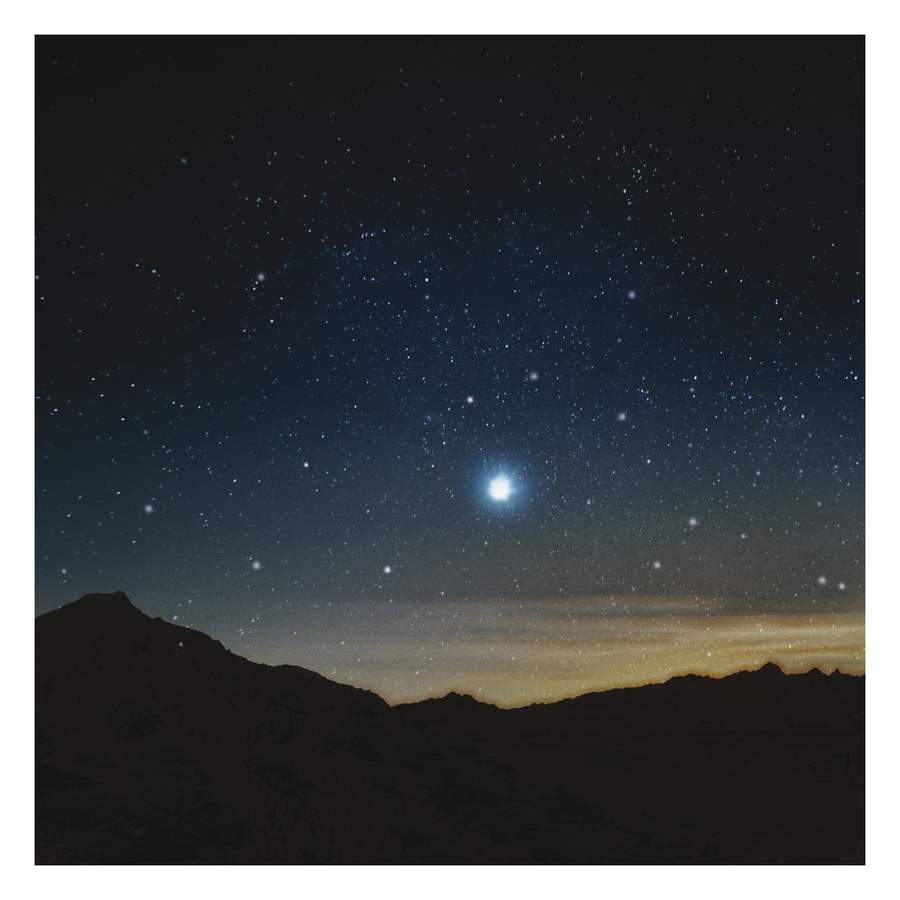
4. Heliacal rising
This is the result of a star (or another celestial object like a galaxy), previously hidden behind our Sun, briefly rising from the east before sunrise. It is thought the heliacal rising of a star called Alpha Aquarii could have occurred at this time and be the famed star of Bethlehem.
- LIKELIHOOD: Possible
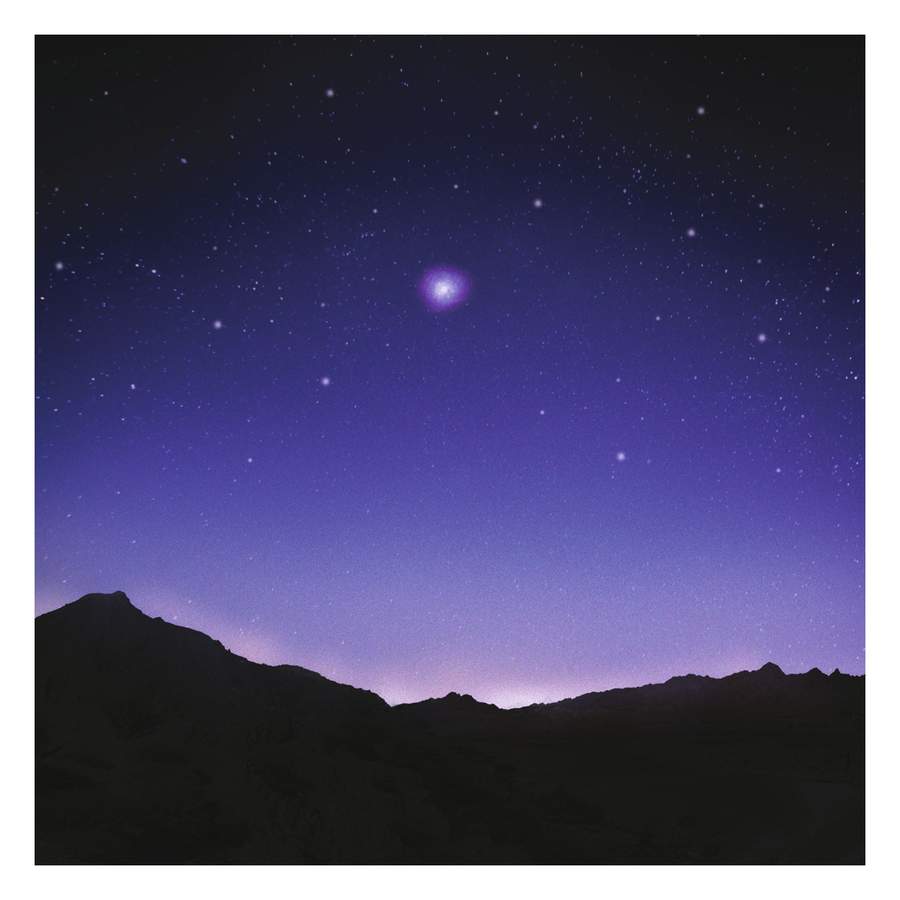
5. Supernova
While light produced from the explosive death of a star would be bright enough to be seen in the night sky, it would offer little as a guide. Matthew doesn’t mention anyone seeing the star other than the magi. A supernova would have been a spectacular sight seen by many people.
- LIKELIHOOD: Unlikely
For more science and technology articles, pick up the latest copy of How It Works from all good retailers or from our website now. If you have a tablet or smartphone, you can also download the digital version onto your iOS or Android device. To make sure you never miss an issue of How It Works magazine, subscribe today!




